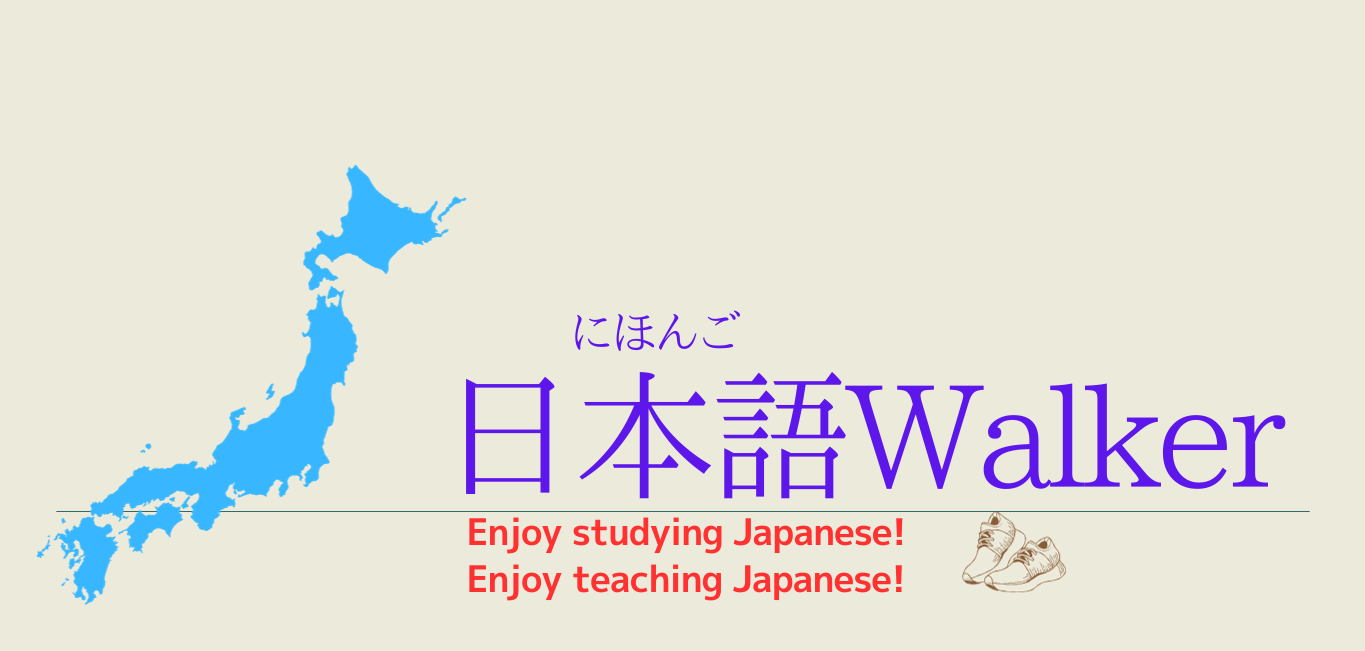※This article is for those at least lower-intermediate level Japanese learners.
「ひとつの漢字(かんじ)に、どうして読み方が複数(ふくすう)あるの?」
これは、日本語学習者(にほんごがくしゅうしゃ)の頭(あたま)を悩(なや)ませることの一つです。
ここでは、漢字の読み方の基本的(きほんてき)なルールを説明(せつめい)します。
もちろん、例外(れいがい)もあります。あくまで「基本的な」ルールです。
☆もし、漢字の二種類(2しゅるい)の読み方「音読み(おんよみ)」と「訓読み(くんよみ)」がよく分(わ)からない方(かた)は、まず、こちらの記事(きじ)をどうぞ。
“Why does one kanji have multiple readings?” This is one of the things that troubles Japanese learners. Here, I will explain the basic rules for reading kanji. Of course, there are exceptions. These are the “BASIC” rules.
☆If you are not familiar with the two types of readings for kanji, ‘on’yomi’ and ‘kun’yomi,’ please start by reading this article.
漢字が二字以上並ぶ言葉は、音読みが多い!
漢字が二つ以上(ふたついじょう)並(なら)んでいる言葉(ことば)は、音読みが多(おお)いです。
まずは音読みしてみましょう。
それで違(ちが)ったときは、訓読みしてみましょう。また、音読みと訓読みが組(く)み合(あ)わさった言葉もあります。
でも、音読みする言葉の方がずっと多いです。
A word with two or more kanji characters lined up often be read with onyomi. Let’s start by trying the onyomi readings. If that doesn’t seem right, try the kunyomi readings. Additionally, there are words where both onyomi and kunyomi readings are combined. However, there are far more words that are read using onyomi.
イ形容詞や動詞は、訓読みが多い!
イ形容詞(いけいようし)や動詞(どうし):(後(うし)ろに送り仮名(おくりがな)がくっついている)は、訓読みが多いです。
例:美しい(うつくしい)・悲しい(かなしい)など。
話す(はなす)・食べる(たべる)など。
ただし、漢字が二つ並んで「する」がくっついている【〇〇する】という動詞の〇〇(漢字の部分)は、音読みしましょう。第3グループの動詞です。
例:「勉強する」(べんきょうする)・「料理する」(りょうりする)など。
いadjectives and verbs (with attached okurigana at the end) often have kunyomi readings.
Examples include: 美しい (うつくしい – beautiful), 悲しい (かなしい – sad), 話す (はなす – to speak), 食べる (たべる – to eat), etc.
However, when two kanji characters are combined with ‘する’ attached to form a verb (〇〇する), read the 〇〇 (the kanji part) with onyomi. This applies to third-group verbs.
Examples include: 勉強する (べんきょうする – to study), 料理する (りょうりする – to cook), etc.
音の記号(音読みの場合)
音読みの漢字は、その読み方(音)が分かる記号(きごう)が、漢字の中にある場合(ばあい)があります。読み方が分からないときは、その記号を探(さが)してみましょう。
たとえば、「工」という部分(ぶぶん)が漢字の中にあれば、それは「コウ」と読むことが多いです。紅白(こうはく)、攻撃(こうげき)など。
また、「青」という部分があれば、「セイ」。請求(せいきゅう)、精神(せいしん)など。
こういう記号を覚(おぼ)えれば、知らない漢字に出会(であ)っても、読み方のヒントになります。
Kanji characters with onyomi readings sometimes have symbols within them that indicate their pronunciation. When you’re unsure of the reading, try looking for these symbols.
For example, if the character includes the component 「工」, it is often read as “Kou.” Examples include 紅白 (kouhaku) and 攻撃 (kougeki).
Similarly, if the component is 「青」, it is often read as “Sei.” Examples include 請求 (seikyuu) and 精神 (seishin).
By learning these symbols, encountering unfamiliar kanji can provide hints about their readings.


コメント